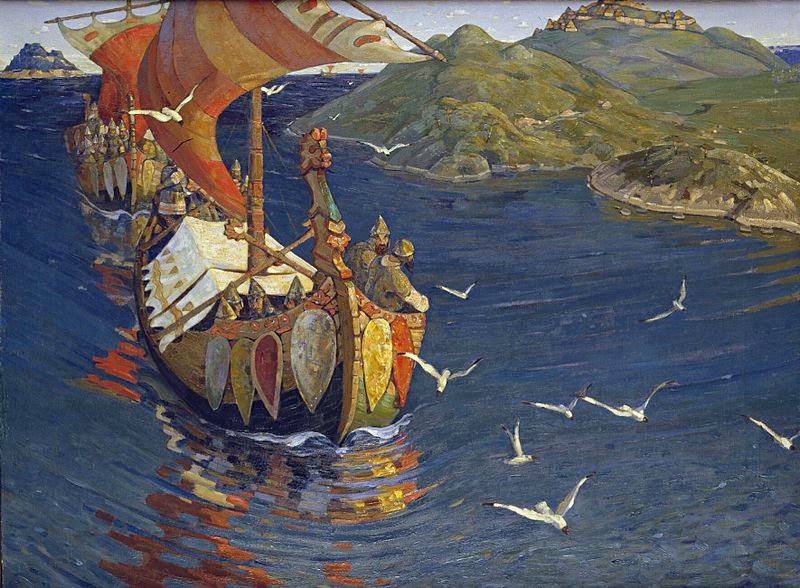Hello ladies and gents this is the Viking telling you that today we are talking about
Greece runestones
The Greece runestones (Swedish: Greklandsstenarna) are about 30 runestones containing information related to voyages made by Norsemen to the Byzantine Empire. They were made during the Viking Age until about 1100 and were engraved in the Old Norse language with Scandinavian runes.
All the stones have been found in modern-day Sweden, the majority in Uppland (18 runestones) and Södermanland (7 runestones). Most were inscribed in memory of members of the Varangian Guard who never returned home, but a few inscriptions mention men who returned with wealth, and a boulder in Ed was engraved on the orders of a former officer of the Guard.
On these runestones the word Grikkland ("Greece") appears in three inscriptions the word Grikk(j)ar ("Greeks") appears in 25 inscriptions, two stones refer to men as grikkfari ("traveller to Greece") and one stone refers to Grikkhafnir ("Greek harbours"). Among other runestones which refer to expeditions abroad, the only groups which are comparable in number are the so-called "England runestones" that mention expeditions to England and the 26 Ingvar runestones that refer to a Viking expedition to the Middle East.
The stones vary in size from the small whetstone from Timans which measures 8.5 cm (3.3 in) × 4.5 cm (1.8 in) × 3.3 cm (1.3 in) to the boulder in Ed which is 18 m (59 ft) in circumference. Most of them are adorned with various runestone styles that were in use during the 11th century, and especially styles that were part of the Ringerike style and the Urnes style
Since the first discoveries by Johannes Bureus in the late 16th century, these runestones have been frequently identified by scholars, with many stones discovered during a national search for historic monuments in the late 17th century. Several stones were documented by Richard Dybeck in the 19th century. The latest stone to be found was in Nolinge, near Stockholm, in 1952.
and as always have a chilled day from the Viking

Comments
Post a Comment